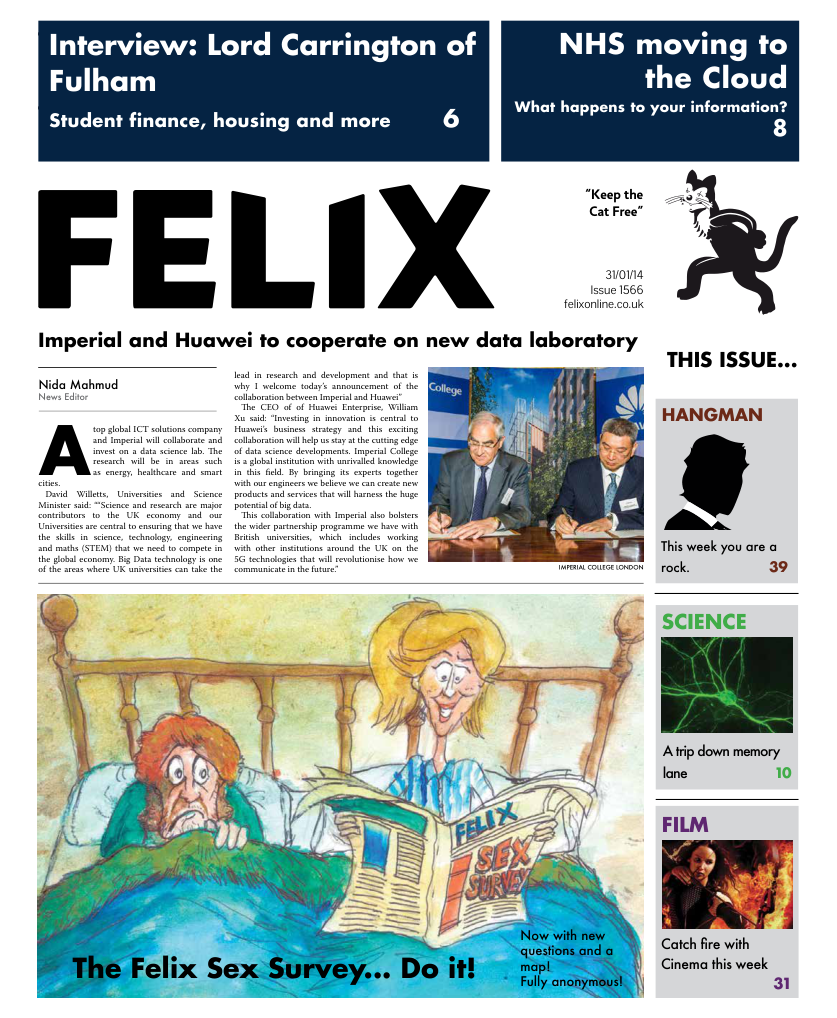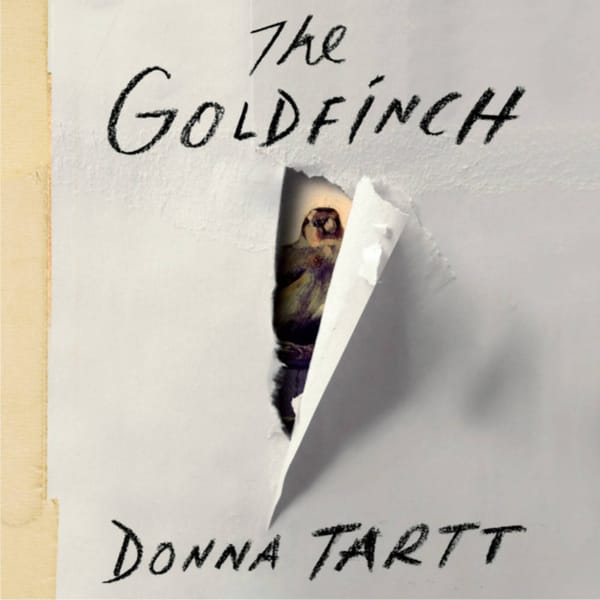Neil Gaiman’s Sandman
Maciej Matuszewski explores one of the best and most influential graphic novels
Comic books and graphic novels have a, not entirely undeserved, reputation for not being the finest example of modern literature. Poor plotting, tired characters and woeful dialogue still continue to plague the medium. However, there have always been a small number of creators – such as Alan Moore, Warren Ellis and Neil Gaiman – who have been held in much higher regard than their compatriots and who have managed to elevate the medium into a respectable art from. Of these, I have always admired Gaiman the most. This is partly due to his versatility – as well as working on comics he is an acclaimed novelist and screenwriter – but mainly the because of his amazing writing talent. This talent is on fine display in one his earliest and most enduringly popular works, The Sandman series. Nominally set in the standard DC universe, The Sandman graphic novels expand its mythology by creating the Endless – immortal anthropomorphic personifications of the seven basic driving forces of life and the universe. These are Destiny, Death, Destruction, Despair, Desire, Delirium and our protagonist, Dream, also known as Morpheus. The story begins with our protagonist captured by human magician Roderick Burgess. The first sections of the story deal with Morpheus’ eventual escape and the consequences the consequences of the imprisonment of the Lord of Dreams on the universe. As the story progresses, however, Gaiman gets the chance to explore the world of The Sandman further. World building is one of Gaiman’s great strengths. As in several of his other works he draws heavy inspiration from many different mythologies and cultural traditions. He takes great pleasure in mashing together ideas as diverse as Judeo-Christian mysticism, Egyptian mythology and English folklore. This is a world in which different divine pantheons compete for worshippers and fairies coexist with ancient Greek witches and eastern djins and ifrits. Building on an existing foundation allows Gaiman’s creation to be far deeper than would otherwise have been possible and the combination of the various disparate elements gives lends it colour and a bizarre uniqueness. One might think that, with so many competing influences, the result might be big mess. However, this is certainly not the case here. Morpheus is the Lord of Dreams, and therefore also the Lord of Stories. On a certain level the entire series is an exploration of humanity’s fascination with stories. It therefore seems natural that to explore such a wide range of ideas. The main reason, however, why all of this works, is that Gaiman is such a brilliant writer. He skilfully juggles multiple plots and – thanks to his crisp, witty dialogue and complex characters – manages to make every one of them individually interesting. While many of these plots initially start out disconnected, Gaiman’s great achievement is eventually drawing them all together in a way that provides a satisfactory resolution to all of them. I won’t spoil the ending but I will say that its focuses centrally on the characters of the Endless. While they are, quite rightly, strange and otherworldly, over the course of the series we begin to get to know and care for them. Their growth and development, and how this links to the growth and development of the forces that they are personifications of, is at the heart of The Sandman – and this is the series’ greatest strength. The Sandman is one of the best and most influential graphic novels out there. It has spawned many of spin offs and influenced countless fantasy works. Even the list of fans of the series who have contributed introductions to the collected editions of The Sandman – among the Samuel Delany, Gene Wolfe and Stephen King – reads like a who’s-who of the best modern speculative fiction authors. This is a must read.






